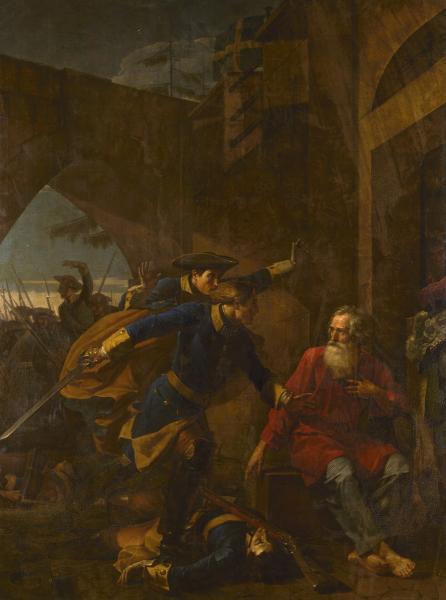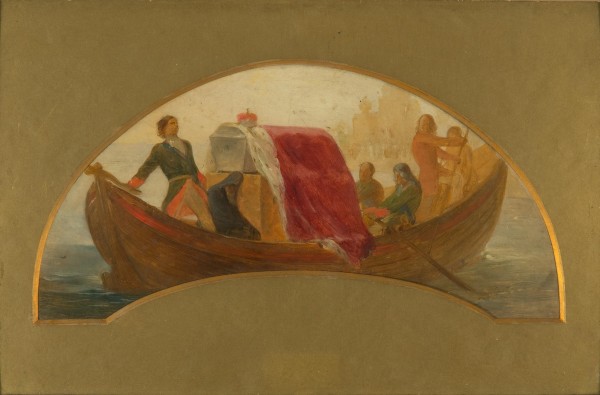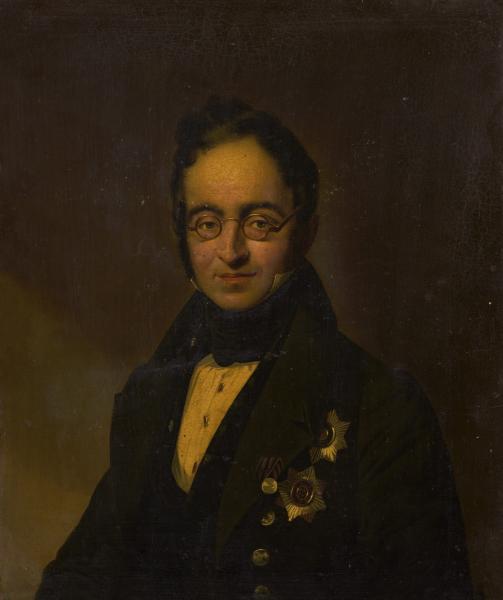The artist is Shebuev

The history of the Novgorod merchant Isholkin, who was captured by the Swedes, dates back to the years of the Northern War, when the patriotic rise was so high that heroism was manifested not only on the battlefields and not only military people. At the time of the beginning of the military conflict, the merchant was in Sweden and was in prison together with other subjects of Russia, having spent seventeen years in it. In imprisonment, he once heard the Swedish soldiers insulting the Russian king Peter insulting. Outraged by this, the merchant pulled out a gun from one of the Swedes and stabbed two Swedish soldiers. King Karl XII managed to appreciate the courage and patriotism of the Novgorod merchant. He canceled the death sentence sent to I needly, and let him go to his homeland.
The picture is written under the influence of the play n. AND. Field „Igolkin, merchant Novgorod", staged in 1838-1839 on the scenes of capital theaters. However, the drawing for this plot acquired.P. Rastopchin, was executed by the artist back in 1811 (Kruglova 1982. With. 67). In 1838 p.P. Kamensky saw in the workshop in. To. Shebueva unfinished canvas: „The picture is only sketched, not yet shaved, although here one cannot help but be carried away by the deliberation, strength and properness of the composition" (Kruglova in.AND. 1982. With. 68). However, the movement of the Swedish soldiers turned out to be too dynamic. This was already noted a.And. Ivanov, who, reporting in letters to his son, and.AND. Ivanov’s last St. Petersburg news, wrote: "Something not quite deliberate is noted in the composition. I needkin, having killed the Swede, sits very quietly, the body of the murdered is lying at his feet, others run up with such heat that they seem to run past the one they need, meanwhile, the needkin confesses that he killed that he killed…” (Korovkevich with. Andrey Ivanovich Ivanov. 1775-1848. M., 1972. With. 92). Nevertheless, the advice of the IAh decided to acquire a work, finding it executed „very important advantages" (Kruglova 1982. With. 72). Engraved a. Moiseev (1844), p. F. Borel (1840s), lithographs e. Zhitnev.
The picture was exhibited at the exhibition in IAX 1839.


